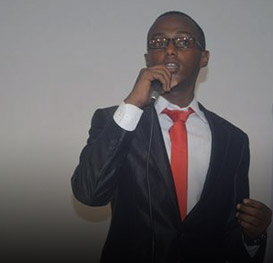- BS Civil & Infrastructure Engineering – Structural Engineering
- BS Civil & Infrastructure Engineering – Geotechnical Engineering
- BS Civil & Infrastructure Engineering – Water Resources Engineering
- BS Information Technology – Information Security
- BS Information Technology – Telecommunication & Networks
- BS Computer Science
- BS Electrical & Electronics Engineering
BS Electrical & Electronics Engineering
Course Description
Electricity has been around since even millions of years ago, when the world was in a cloud of gas. But the raw electricity found in nature in lightening is an uncontrollable power. One day someone captured this in a cable. Since then, countless electrical inventions and discoveries have been made. Those inventors were the first electrical engineers, Edison, Siemens and Westinghouse, people who since became rich and famous.
What Can Electrical and Electronics Engineering Majors Do After Graduation?
You’ll work hand in hand with engineers from different fields and academics from the humanities and social sciences studying the production, control and application of electrical current and electromagnetic waves, investigating and finding solutions for the problems of our time.
You’ll work in the professions of tomorrow, in the fields of renewable energy, communications, nanotechnology and biotechnology. Also, you might work on applications for automation, industrial planning, signal management and microprocessors. Using special computer programming in an effective way and understanding the problems found in processes, you’ll come up with new and applicable solutions.
Prerequisites
Credits
Times Offered
- September 2016
- January 2017










